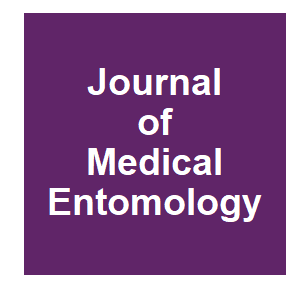Sterile Insect Technique: Lessons From the Past

|
M. Q. Benedict,
Journal of Medical Entomology,
58:1974-1979.
2021.

When E.F. Knipling conceived of the release of sexually sterile insects to suppress wild populations, he laid down several fundamental qualities that characterized suitable target species—some of which mosquitoes generally violate—including high reproductive rates and large population numbers. Regardless of this, their global importance in public health has led numerous research teams to attempt to use the mosquito sterile insect technique against several species. Because of the degree of financial commitment required for suppression programs, most releases have consisted of preliminary investigations of male performance, population characteristics, and production methods. Those that have accomplished suppression provide important insights regarding the challenges of production, dispersal, and immigration. Insights gained from these studies remain relevant today, regardless of the genetic control technology being applied. In this article, I highlight studies that were notable for the insights that were gained, the intrinsic difficulties that mosquitoes present, and synthesize these into recommendations for successful applications of the sterile insect technique and newer technologies to mosquitoes. More related to this: Sterile Insect Techniques, GE mosquitoes and gene drives Mutant mosquitoes: GM insects ‘engineered’ in ‘new approach to pest control’ The impact of releasing sterile mosquitoes on malaria transmission Anticipating complexity in the deployment of gene drive insects in agriculture Public opinion on gene editing
|



